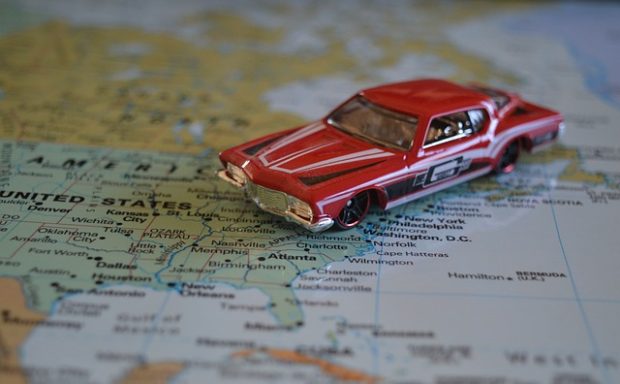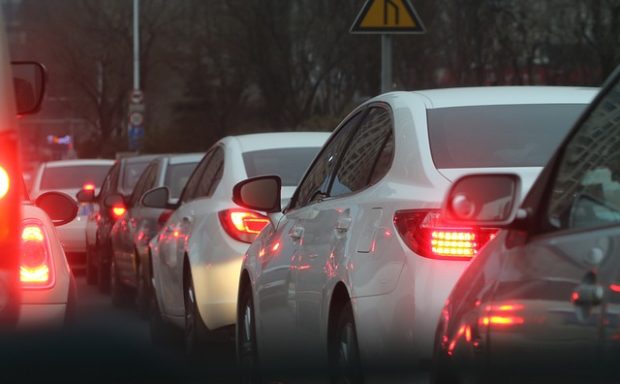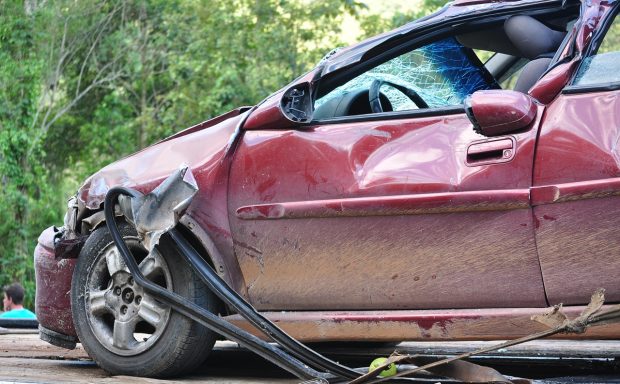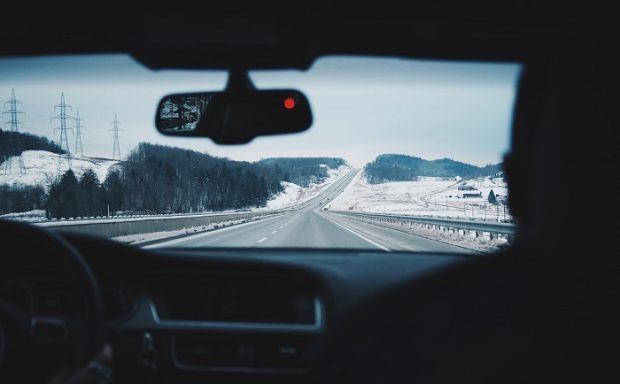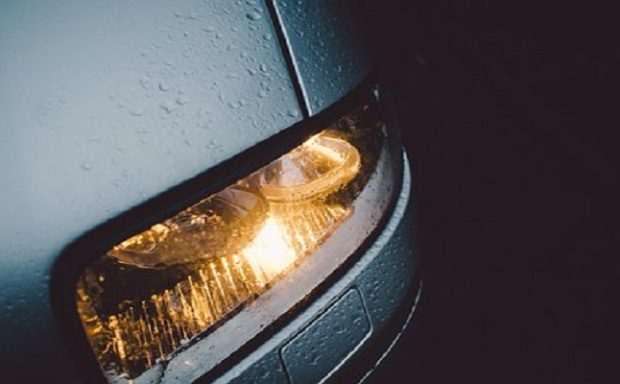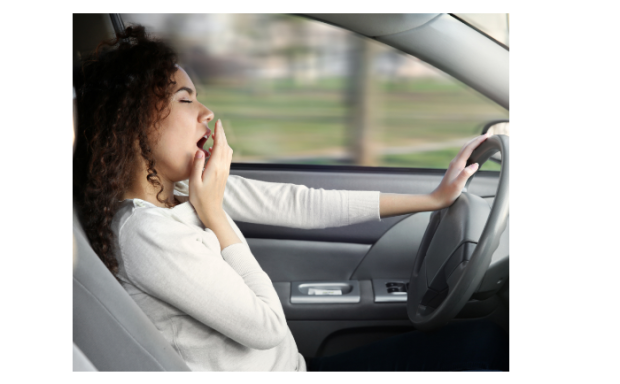How to Get a Indiana Commercial Driver License (CDL)in 2023
What is CDL?
CDL stands for Commercial Driver License. It is a special type of driver’s license that allows an individual to operate a commercial vehicle like a truck, bus, or other large vehicles. In Indiana, a CDL is required for individuals who want to operate commercial vehicles that meet certain weight and/or passenger capacity requirements. Obtaining a CDL requires passing multiple written, physical, and skills-based tests, and the process can be daunting. However, if you are willing to put in the work and effort, obtaining a CDL can be the start of a fulfilling career.
Obtaining a commercial driver’s license in Indiana can seem daunting, but with the right steps and preparation, it can be a successful and rewarding experience. Besides the necessary skills and knowledge needed to operate a commercial vehicle safely, there are other factors to consider when pursuing a commercial driver’s license (CDL).
You may also read: How to Drive Safely in Sun Glare?
Step to Get Commercial Driving License (CDL) in Indiana
1. Meet the Age Requirements: To get a CDL in Indiana, you must be at least 18 years old to drive within the state lines and 21 years old to drive interstate.
2. Pass a Medical Exam: All commercial drivers must pass a medical exam to ensure they are physically capable of operating a commercial motor vehicle safely.
3. Pass a Written Knowledge Test: Before you can take the skills test, you must pass a written knowledge test. You can study the Indiana Commercial Driver’s Manual to prepare for the test.
4. Complete CDL Training: It is recommended to complete a CDL training program to ensure you have the necessary skills to operate a commercial vehicle safely. Training programs vary in length, but typically include classroom instruction and hands-on training.
5. Pass a Skills Test: The final step to obtaining your CDL is to pass a skills test. This test includes a pre-trip inspection, basic control skills, and a road test.
You may also read: Parent vs Professionally Taught Driver’s Ed: Which one to Follow ?
Other Factors to Consider
Apart from the necessary steps to take, there are other factors to consider when pursuing a CDL license in Indiana, such as:
1. Endorsements: Depending on the type of commercial vehicle you will be operating, you may need additional endorsements on your CDL, such as hazardous materials or passenger transport.
2. Driving Record: It’s important to have a clean driving record when pursuing a CDL. Any previous traffic violations can make it difficult to obtain or maintain your license.
3. Cost: Obtaining a CDL can be expensive. In addition to training costs, there are also fees associated with testing and obtaining your license.
You may also read: 7 Significant Tips to Escape a Tornado When You’re Driving?
Benefits of Obtaining a CDL:
There are several benefits of obtaining a CDL in Indiana, including:
– Higher-paying job opportunities: A CDL opens up opportunities for higher-paying jobs, especially in the transportation and logistics industries.
– Job security: The demand for commercial drivers always exists, making it a stable career choice.
– Flexibility: With a CDL, you have the freedom to travel and explore new places while making money.
– Independence: As a commercial driver, you have control over your schedule and can work independently, which is appealing for many individuals.
– Personal growth: The CDL process itself can be a valuable learning experience that teaches you new skills and responsibilities.
In addition to the requirements mentioned above, it’s also important to consider the physical demands of being a commercial driver. Drivers must have good vision and hearing, as well as be able to meet specific health requirements, such as maintaining a healthy weight and avoiding certain medications that could impair driving abilities.
You may also read: Top 10 Driving Tips for Traffic Jams
Conclusion:
Obtaining a CDL in Indiana requires dedication and preparation. By following the necessary steps and considering the other factors involved, you can successfully obtain a commercial driver’s license and pursue a rewarding career in the transportation industry.



